‘Hunt’ing Down History, Part 17
By Barbara Emery Moseley
Although Richard Morris Hunt is remembered for his oversight of the design of the 1893 Columbian Exposition in Chicago, as well as for being the architect who designed opulent homes for prominent wealthy patrons, he also was engaged in the design of many public buildings in the Northeast.
In New York City are the Plaza Hotel; the Columbian Presbyterian Hospital; the central entrance to the Metropolitan Museum of Art; the Stuyvesant apartments on E. 18th Street (known as the “French Flats”); and the New York Tribune Building. Also, St. Mark’s Church, Islip, NY (which was commissioned by William K. Vanderbilt); the Academic Building at West Point; Scroll and Key Clubhouse at Yale; the Fogg Museum at Harvard; the Howland Library in Beacon, NY; the Vanderbilt Tomb on Staten Island; the pedestal of the statue celebrating the Revolutionary War victory at Yorktown; and the Cromwell House, located at Hyde Park, near the Roosevelt House. (Despite his being born in Brattleboro, the only works of Richard Morris Hunt situated locally are two simple stones for his father and brother William Morris Hunt, in the Hunt lot in Prospect Hill Cemetery.)
A distinct honor of Richard Morris Hunt’s was his invitation to England to receive the Royal Society of Architects’ highest award, the Gold Medal. He also organized the American Institute of Architects and was its first president. Membership required a high level of design knowledge and training. It still exists today, and when one sees AIS following the name of an architect or firm, the customer can expect high quality work.
Testimonials came from his clients as well. One such acknowledgement is found in a letter of April 4, 1874, to Hunt’s wife, written by Henry ward Beecher, the powerful and convincing pastor of the Plymouth Congregational Church, in Brooklyn.
I pray you not to let your husband worry on so small a matter as my work. It is of little consequence whether I am sooner or later at my house, but it is of great consequence to all lovers of good arts that he gets well as soon as possible. I regard him as one of the few men in his profession who are artists rather than artisans and that anything that should withdraw him from work would be a public calamity not easy to be estimated.
Richard Morris Hunt recovered, working for another twenty years, dying July 31, 1895. The Reverend Edward Judson, pastor of the Memorial Baptist Church at Washington Square, commented that, although he knew him only slightly, he felt “a great personal bereavement. I used to go across Washington Square sometimes in the morning, just in hope of meeting him.”
Hunt saw his son, Richard Howland Hunt, born in Paris, in 1862, became a distinguished American architect, as well.
Although this chapter essentially completes the story of Richard Morris Hunt, two other Hunts are being brought to life about fifty miles from here. You have met them before; one has blue eyes, the other brown. Any guesses?
Photo: Plaza Hotel, New York City, designed by Richard Morris Hunt

